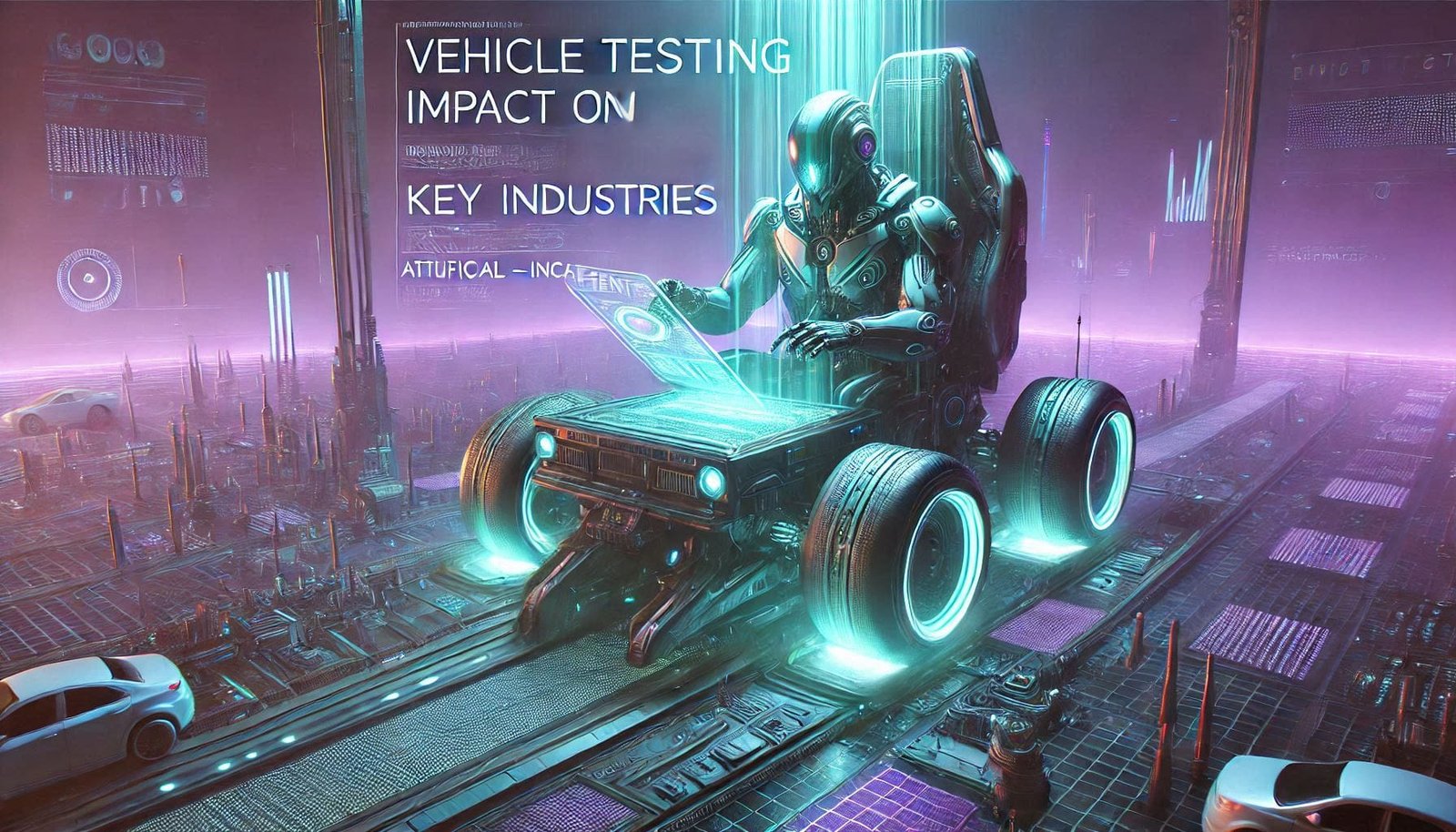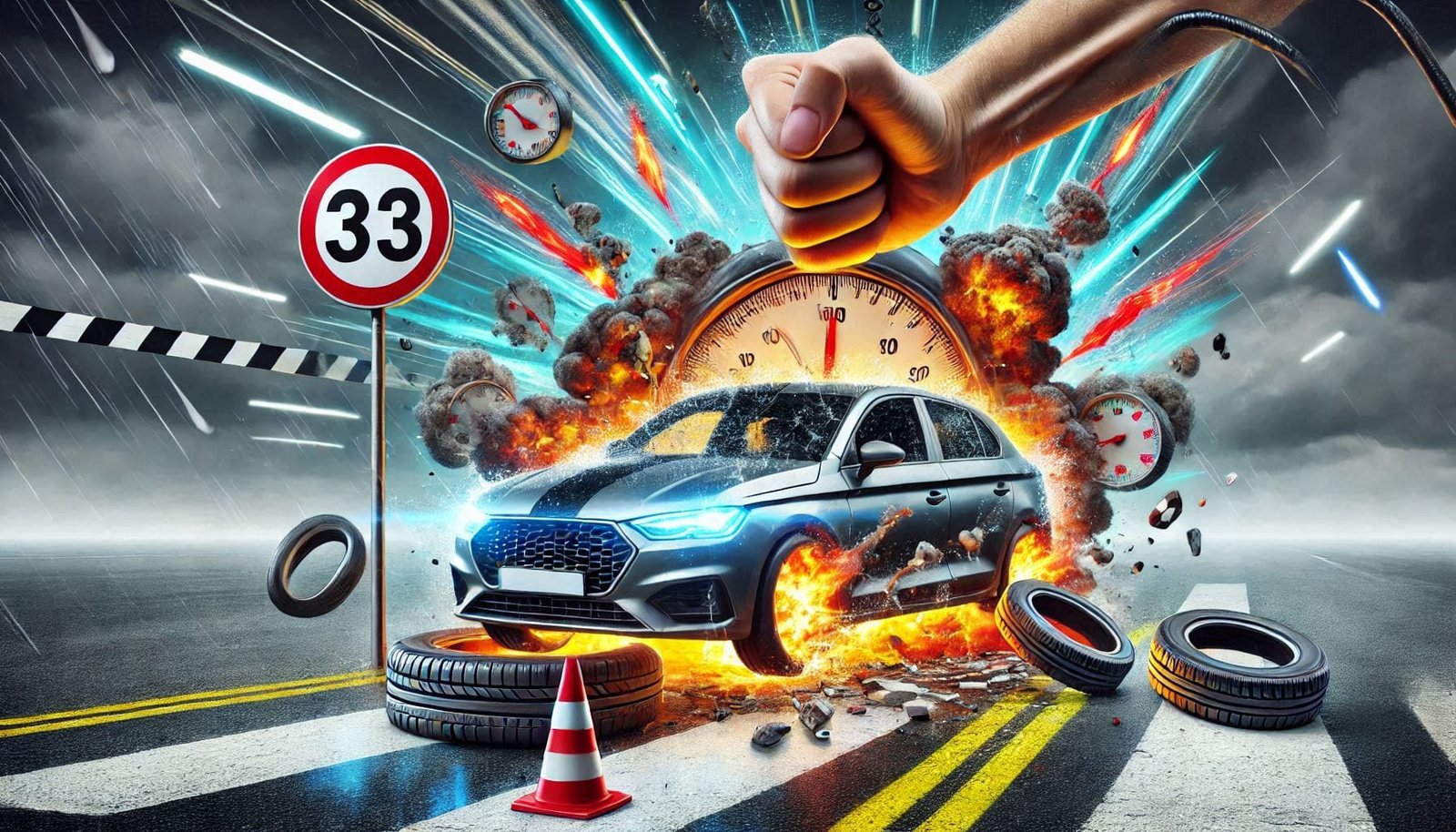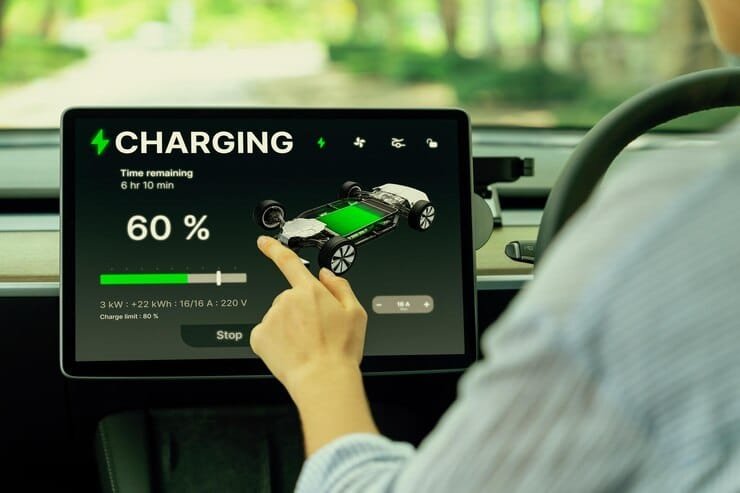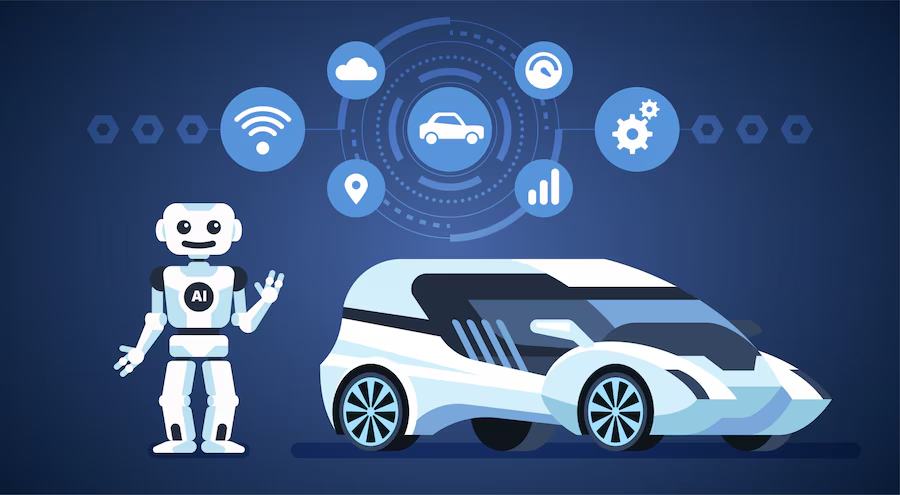Is Your Car a Ticking Time Bomb? The Shocking Truth About Vehicle Testing…
Let’s face it: the automotive world moves fast. From self-driving tech to ever-stricter emissions regulations, the pressure’s on. But amidst the innovation, a crucial question lingers: are our vehicle testing methods keeping pace? This isn’t just about catching a faulty brake light; it’s about ensuring public safety and maintaining the integrity of the entire industry.
This post digs into the heart of the matter, examining the current state of vehicle testing and revealing some surprising truths.
- A Landscape of Change: The automotive industry is undergoing a radical transformation. Electric vehicles, advanced driver-assistance systems (ADAS), and connected car technologies are redefining what it means to test a vehicle. Traditional methods are struggling to keep up with this rapid evolution, leaving gaps in safety and performance assessments. Think of it as trying to navigate a Formula 1 race with a map from the 1950s!
- The Stakes are High: Vehicle testing isn’t just about meeting regulatory compliance; it’s about saving lives. Faulty components can lead to catastrophic accidents, and inadequate testing processes can leave consumers vulnerable. The cost of failure? Beyond the financial repercussions, it’s the human cost that truly matters. We’re talking about the potential for serious injury or even death.
- Beyond the Basics: This post goes beyond the usual “check your tires and brakes” advice. We’ll delve into cutting-edge testing methodologies, including the complexities of cybersecurity testing for connected vehicles and the challenges of ensuring the reliability of autonomous systems. We’ll also explore the economic implications of inadequate testing – from product recalls to damaged brand reputation.
- The Future of Testing: Finally, we’ll look ahead. What innovative technologies and strategies will shape the future of vehicle testing? How can businesses stay ahead of the curve and ensure their products meet the highest safety and performance standards? We’ll examine new testing protocols, advanced simulation techniques, and the evolving role of data analytics in this critical process. Get ready for a bumpy, yet enlightening, ride.
## Vehicle Testing Market: Trends & Actionable Insights
The vehicle testing market is undergoing a rapid transformation, driven by technological advancements, evolving regulations, and shifting consumer preferences. Here’s a breakdown of key trends:

I. Positive Trends:
- Electrification & Autonomous Driving Boom: The surge in electric vehicles (EVs) and autonomous vehicles (AVs) creates massive demand for specialized testing services. This includes battery testing, cybersecurity testing, and validation of advanced driver-assistance systems (ADAS).
- Impact: Significant growth opportunities for testing firms specializing in these areas.
- Actionable Insight: Invest in specialized equipment and expertise in EV/AV testing. Partner with EV and AV manufacturers early to become a preferred supplier. Example: Applus+ IDIADA has aggressively expanded its capabilities in this space.
- Software-Defined Vehicles (SDVs): The increasing reliance on software in vehicles necessitates rigorous software testing and validation throughout the vehicle lifecycle. This presents opportunities for software testing specialists and firms capable of integrating hardware and software testing.
- Impact: Creates new revenue streams for companies with software testing expertise.
- Actionable Insight: Develop expertise in over-the-air (OTA) software updates testing and cybersecurity testing for connected vehicles. Example: dSPACE is a leader in providing simulation and testing solutions for SDVs.
- Data-Driven Testing & AI: The use of data analytics and artificial intelligence (AI) is revolutionizing testing efficiency and accuracy. AI-powered tools can automate tasks, predict failures, and optimize testing processes.
- Impact: Improved efficiency, reduced costs, and faster time-to-market for testing services.
- Actionable Insight: Invest in AI and machine learning capabilities to enhance testing processes and offer data-driven insights to clients. Example: Many testing companies are integrating AI for image recognition and anomaly detection in test data analysis.
II. Adverse Trends:
- Intense Competition: The market is becoming increasingly competitive, with both established players and new entrants vying for market share. Price pressure is a significant concern.
- Impact: Reduced profit margins and pressure to innovate to differentiate offerings.
- Actionable Insight: Focus on niche specialization, offer value-added services beyond basic testing, and build strong client relationships. Develop a robust brand reputation for quality and reliability.
- Regulatory Complexity: Evolving and differing global regulations regarding emissions, safety, and cybersecurity pose a significant challenge. Keeping up with these changes requires substantial investment in compliance and expertise.
- Impact: Increased operational costs and potential for non-compliance penalties.
- Actionable Insight: Invest in regulatory compliance expertise and develop adaptable testing processes that can accommodate changing regulations. Leverage global partnerships to navigate regional differences.
- Cybersecurity Threats: The increasing connectivity of vehicles makes them vulnerable to cyberattacks. Robust cybersecurity testing is crucial but complex and expensive.
- Impact: Increased demand for specialized cybersecurity expertise but also potential for reputational damage if vulnerabilities are not adequately addressed.
- Actionable Insight: Invest in cybersecurity expertise and develop specialized testing capabilities to address this growing risk. Partner with cybersecurity specialists to offer comprehensive solutions.
Conclusion:
Navigating the vehicle testing market requires a proactive and adaptable approach. By leveraging the positive trends and mitigating the adverse ones, companies can achieve sustainable growth and maintain a competitive edge in this dynamic landscape. A focus on innovation, specialization, and strategic partnerships will be key to success.
1. Autonomous Vehicle Testing (Technology): Companies like Waymo and Cruise extensively test self-driving cars in simulated and real-world environments. This involves rigorous testing of sensor fusion, path planning algorithms, and emergency response systems. Data collected informs software updates and improves safety, directly impacting product launch timelines and market competitiveness. Key takeaway: Real-world testing, coupled with robust simulation, is crucial for autonomous vehicle validation.
- Delivery Robot Testing (Logistics): Companies deploying delivery robots (e.g., Starship Technologies) conduct extensive testing to ensure reliable navigation in diverse environments (sidewalks, crosswalks, etc.). This involves assessing obstacle avoidance, weather resilience, and security features. Successful testing directly translates to efficient and safe last-mile delivery services. Key takeaway: Testing should mimic real-world operational conditions to ensure robustness and reliability.
- Automated Guided Vehicle (AGV) Testing (Manufacturing): Manufacturers utilize AGVs for material handling within factories. Rigorous testing assesses their performance in navigating complex factory layouts, carrying heavy loads, and interacting with human workers. This directly impacts production efficiency and worker safety. Key takeaway: Integration testing within the actual production environment is critical for success.
- Medical Equipment Transportation (Healthcare): Hospitals and labs use specialized vehicles to transport sensitive medical supplies and samples. Testing these vehicles focuses on maintaining temperature, shock absorption, and secure transportation. Failure in this area can compromise patient care or research integrity. Key takeaway: Testing must prioritize the specific needs of the transported goods (temperature, fragility, etc.).
- Agricultural Vehicle Testing (Agriculture): Manufacturers of tractors and harvesting equipment conduct extensive field testing to evaluate their performance in various terrains and weather conditions. This involves assessing fuel efficiency, operational reliability, and ease of use. The resulting data informs design improvements and impacts product competitiveness. Key takeaway: Environmental factors heavily influence the testing process and analysis.
- Aircraft Ground Support Equipment (Aerospace): Testing of vehicles like baggage tractors and aircraft tugs is crucial for airport operations. This ensures smooth and safe movement of aircraft and cargo. Rigorous testing involves evaluating vehicle performance under extreme conditions (weight, weather). Key takeaway: Safety and reliability are paramount in this high-stakes environment.
These examples highlight the broad applicability of vehicle testing across diverse sectors. The key to success lies in designing tests that accurately reflect real-world operational challenges and provide actionable data for improvement.
* Strategic Partnerships for Expanded Service Offerings (Inorganic): Since early 2023, several vehicle testing companies have forged alliances with software providers specializing in AI-powered data analysis. This allows them to offer clients more comprehensive testing reports and faster turnaround times, leveraging the software’s ability to process vast amounts of test data efficiently. For example, a leading emissions testing firm partnered with a data analytics company to integrate AI-driven anomaly detection into its existing testing procedures.
- Investing in Autonomous Testing Technologies (Organic): Companies are heavily investing in automating various aspects of vehicle testing. This includes developing autonomous driving systems for test vehicles to perform repeatable and standardized tests, reducing human error and increasing efficiency. One company, for example, implemented a fully automated lane departure warning system test, significantly increasing the number of tests conducted daily.
- Expansion into Emerging Markets (Inorganic): Recognizing the growth of the electric vehicle market in regions like Southeast Asia and South America, many companies have expanded their geographical footprint through acquisitions of local testing facilities or establishment of new testing centers. This allows them to capture a larger share of the rapidly expanding testing demand in those regions and offer localized services.
- Subscription-Based Testing Services (Organic): Rather than a strictly project-based model, companies are offering flexible subscription packages for various testing services, providing clients with predictable costs and access to a broader range of testing capabilities. A prominent testing facility now offers clients a monthly subscription that covers a certain number of emissions and safety tests.
- Enhanced Cybersecurity Measures (Organic): The increasing reliance on connected vehicles and the associated data security risks have led companies to significantly invest in robust cybersecurity measures within their testing processes. This includes advanced data encryption, access control systems, and regular security audits to safeguard sensitive data collected during vehicle tests. A major player in the industry now employs multi-factor authentication and blockchain technology to secure test results and client data.
- Focus on Software Defined Vehicles (SDV) Testing (Organic): The rise of SDVs presents new challenges for testing and requires specialized expertise. Companies are adapting their offerings and infrastructure to meet these new demands by investing in new testing tools and training programs specializing in over-the-air (OTA) updates validation and functional safety testing for software-defined functionalities. For instance, a prominent testing company launched a dedicated SDV testing division, equipped with the latest tools and experienced engineers.
-

Outlook & Summary: The Future is Now (and Safer)
The automotive testing and certification sector is on the cusp of a revolution, and vehicle testing is leading the charge. Forget dusty garages and manual inspections – the next 5-10 years will see a seismic shift.
- AI-Powered Inspections: Think less human error, more comprehensive assessments. AI algorithms will analyze data from various sources (sensors, cameras, OBD-II) to identify potential problems far more efficiently and accurately than current methods. This means faster turnaround times and potentially cheaper testing. The entire automotive testing ecosystem will benefit from increased accuracy and efficiency, reducing bottlenecks and accelerating vehicle launches.
- Predictive Maintenance: Moving beyond simple pass/fail, future testing will focus on predicting potential failures before they occur. This preventative approach will dramatically reduce accidents, enhance vehicle longevity, and improve the overall customer experience. This shift mirrors broader industry trends toward data-driven decision-making.
- Autonomous Vehicle Testing Challenges: The rise of autonomous vehicles presents unique testing complexities. Simulations will play a much larger role, supplementing (but not replacing) real-world tests to cover a vast range of scenarios impossible to replicate physically. This needs to be a collaborative effort to ensure standardized and reliable testing frameworks are established.
- Data Security and Privacy: The increased reliance on data necessitates robust security measures to protect sensitive vehicle information. Data privacy regulations will become even more critical, shaping the way testing data is collected, stored, and utilized.
Key Takeaway: The current vehicle testing landscape, often perceived as static, is rapidly evolving. This change isn’t just about better inspections; it’s about safer roads, longer vehicle lifespans, and a more efficient automotive ecosystem. Vehicle testing is a microcosm of the larger automotive testing and certification field, undergoing a technological and procedural transformation.
The Big Question: Are your testing processes ready for the AI-powered, data-driven future?





